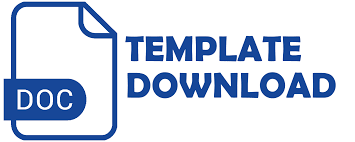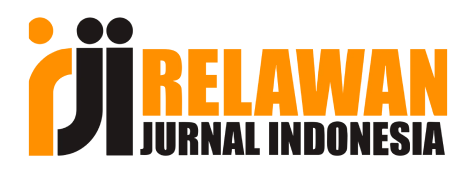Please Contact +62 812-1345-9893 (Hendryadi) for Account Registration
Plagiarism Policy
Authors are responsible for ensuring that their works are original and properly acknowledge the sources of content that are not entirely their own. The journal employs plagiarism detection tools, such as Turnitin, to check articles for plagiarism, including reproducing content without appropriate attribution and permission. The inclusion of plagiarized content is regarded as misconduct on the part of the authors, and the journal takes such matters seriously.
The journal categorizes plagiarism into three levels, each with specific actions.
Minor plagiarism involves a short section of another article without significant data or ideas from the original paper. In this case, the authors receive a warning. They are requested to revise the text and properly cite the original article.
Intermediate plagiarism occurs when a significant portion of a paper is plagiarized without proper citation to the source. For this level, the submitted article is rejected, and the authors are prohibited from submitting further articles for one year.
Severe plagiarism, which involves a significant portion of a paper being plagiarized, including the reproduction of original results or ideas from another publication, is a grave violation. In such cases, the paper is rejected, and authors are prohibited from submitting further articles for five years.





